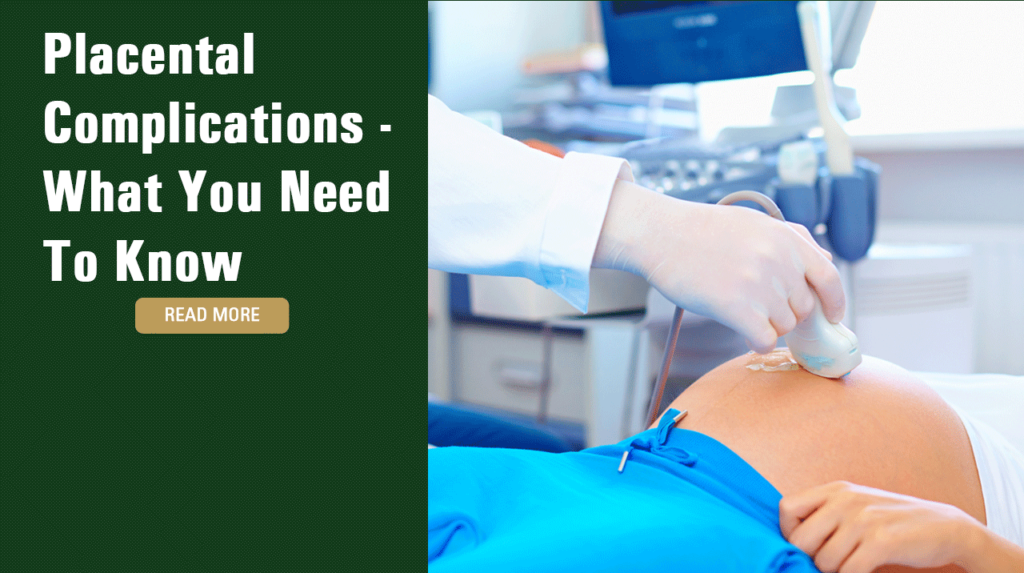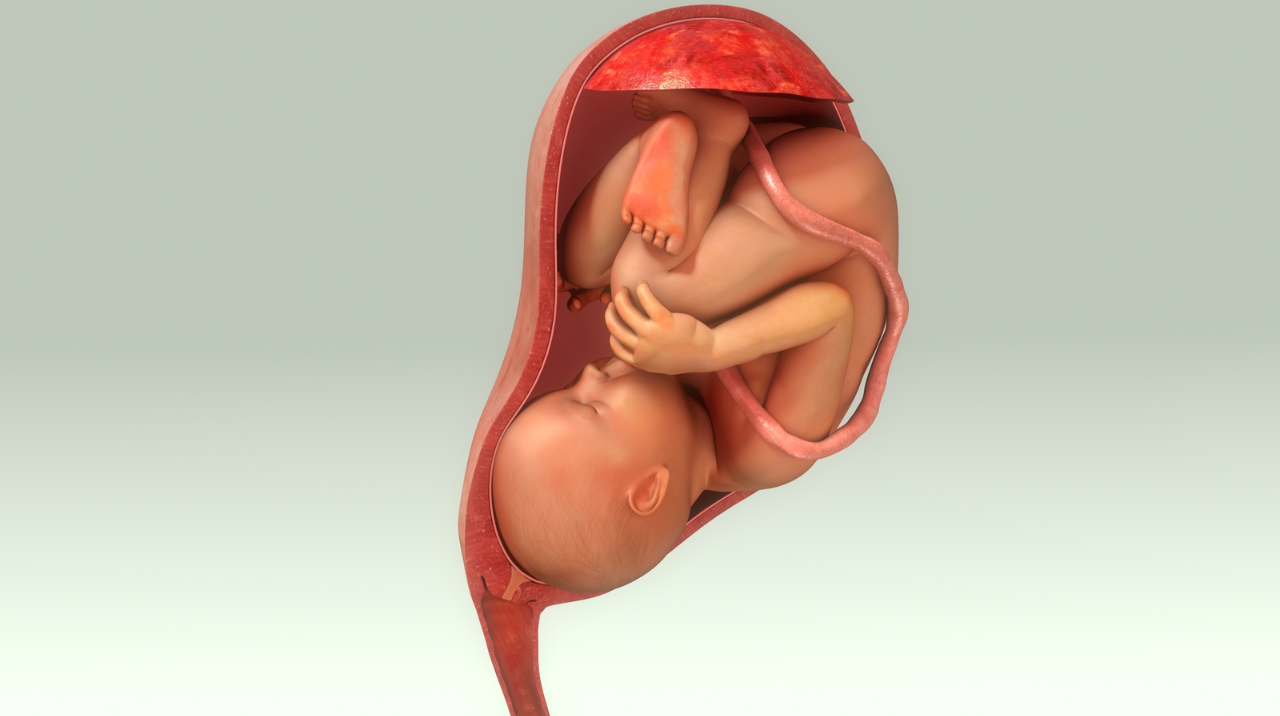Placental Complications – What You Need To Know

The placenta plays a critical role in ensuring the growing fetus receives the nutrients and oxygen it needs to grow. Most pregnancies progress without any problems involving the placenta. While rare, placental problems can seriously risk the health of both the mother and fetus. Because of the risk, doctors must carefully monitor mothers and babies throughout pregnancy so that they can intervene if placental problems develop. Here is some information that you should know about problems with the placenta from Raynes & Lawn.
The Role Of The Placenta During Pregnancy
An organ that develops during the mother’s pregnancy, the placenta is comprised of tissue from both the fetus and the mother. This organ is around one inch thick, eight inches long, and shaped like a disc. It attaches to the uterine wall, and the umbilical cord attaches to the placenta.
During pregnancy, the placenta delivers nutrients and oxygen from the mother’s blood to the fetus through the umbilical cord. It also takes the baby’s deoxygenated blood and waste products and sends them into the mother’s bloodstream so they can be processed.
How The Placenta Attaches
At week four of pregnancy, the developing baby is a mass of cells known as the blastocyst. It implants in the uterine wall, and some of its cells split from the larger mass to form the placenta. By week 12, the fetus has developed its organs, bones, and muscles and will be around the size of a plum. At this stage, the placenta takes over all of the functions necessary to facilitate the baby’s growth.
If the placenta attaches to the back of the uterus, it is known as a fundal placenta. If it attaches to the front, it is known as an anterior placenta. The placenta can also attach to the side of the placenta as well. Those that attach at the back are considered to be the least likely to result in complications, but they are also associated with early labor. Placentas that attach to the front can move during pregnancy and carry a higher risk of high blood pressure, placenta previa, placental abruption, gestational diabetes, and problems with fetal growth. However, pregnancies with anterior placentas are typically successful, but the ultrasound might have more difficulty reading through the placenta. The different variations in the location of the placenta occur naturally, and the position of a placenta can’t be changed. This means that the risks can only be monitored.

Risk Factors For Placental Problems
The following factors can increase the risk of complications with the placenta:
- Uterine scars from previous C-sections
- Smoking or using drugs
- High blood pressure
- Twins or multiples
- Abdominal injury
- Mother over age 35
- Having past pregnancies
What Is Placental Abruption?
Placental abruption occurs when the placenta separates from the uterine wall. It is the most common type of complication and is very serious because the separation can interrupt the oxygen supply to the fetus. Placental abruption is linked to reduced fetal growth, premature birth, and birth asphyxia and is also a cause of neonatal death.
What Is Placenta Previa?
Placenta previa occurs when the placenta is positioned to where it covers the cervix instead of being attached higher up in the uterus. This condition can occur in different degrees. If the cervix is entirely covered, it is called a complete placenta previa. If it only covers a portion of the cervix, it is called a marginal placenta previa. Placenta previa can cause bleeding and prevent the baby from entering the birth canal.
The placenta can move as the pregnancy progresses, so some cases of placenta previa can correct themselves over time. However, if it doesn’t correct itself, a woman with placenta previa will likely have to undergo a C-section.
What Is A Circumvallate Placenta?
A circumvallate placenta occurs when the placenta has an unusual shape. This can interfere with the fetus’s ability to obtain the nutrients it needs. While a circumvallate placenta is rare, it can increase the risk of separation or placental abruption and is also linked to other problems, including premature birth, low levels of amniotic fluid, and reduced growth.
Risk Of Birth Trauma And Placental Complications
Throughout pregnancy, careful monitoring of the mother and the condition of the placenta is crucial to identify and manage any complications that might arise. While it is not easy to detect or treat all of these complications, doctors must do what they reasonably can.
Even when placental problems can’t be treated, they typically can be managed so that complications that could lead to birth injuries can be avoided. For example, a doctor can order a C-section when a patient near her due date has placenta previa. Labor can be induced when placental abruption has occurred.
Speak To An Experienced Birth Trauma Attorney
In many cases, birth injuries and trauma are preventable. If you experienced placental complications during your pregnancy, and your baby was injured during or shortly after birth, you should speak to a child injury lawyer at Raynes & Lawn. We can review what happened and help you understand the merits of your claim and your next steps. Contact us today at 1-800-535-1797 for a free consultation so that you can learn whether your child’s birth injuries might have been caused by medical negligence.

For the general public: This Blog/Website is made available by the law firm publisher, Raynes & Lawn, for educational purposes. It provides general information and a general understanding of the law but does not provide specific legal advice. By using this site, commenting on posts, or sending inquiries through the site or contact email, you confirm that there is no attorney-client relationship between you and the Blog/Website publisher. The Blog/Website should not be used as a substitute for competent legal advice from a licensed attorney in your jurisdiction.
For attorneys: This Blog/Website is informational in nature and is not a substitute for legal research or a consultation on specific matters pertaining to your clients. Due to the dynamic nature of legal doctrines, what might be accurate one day may be inaccurate the next. As such, the contents of this blog must not be relied upon as a basis for arguments to a court or for your advice to clients without, again, further research or a consultation with our professionals.
